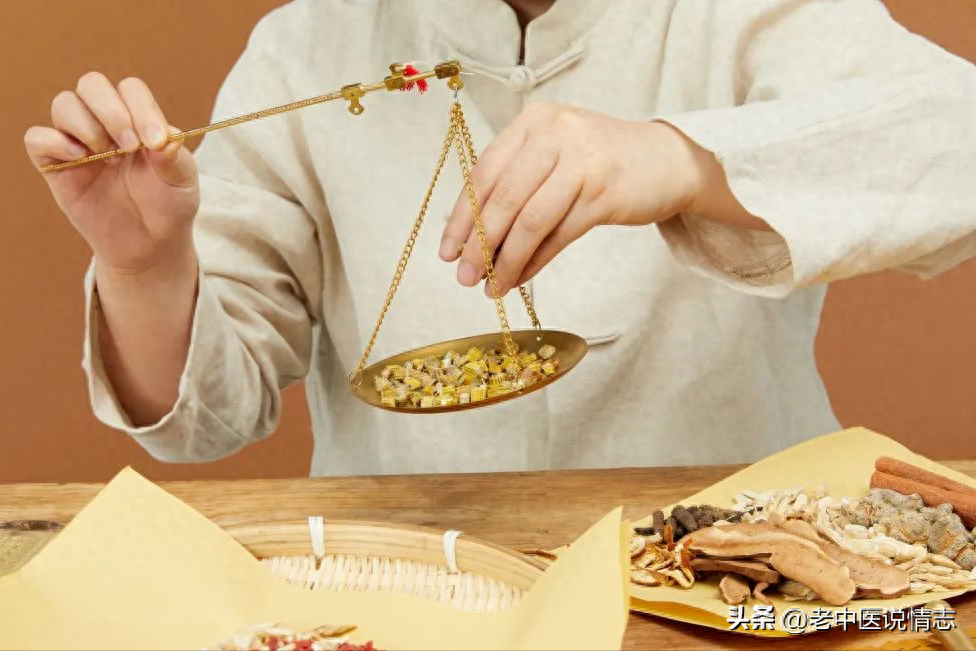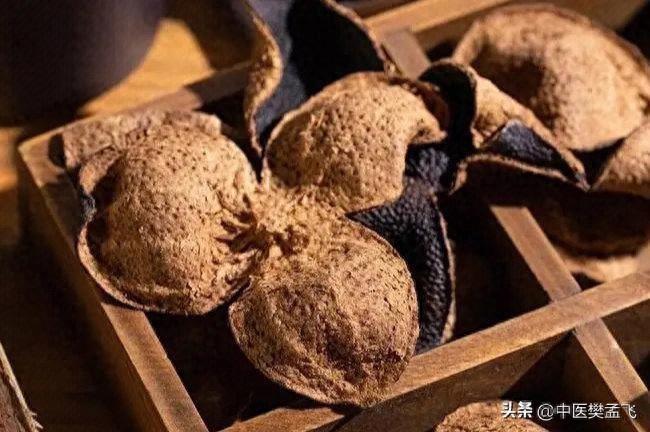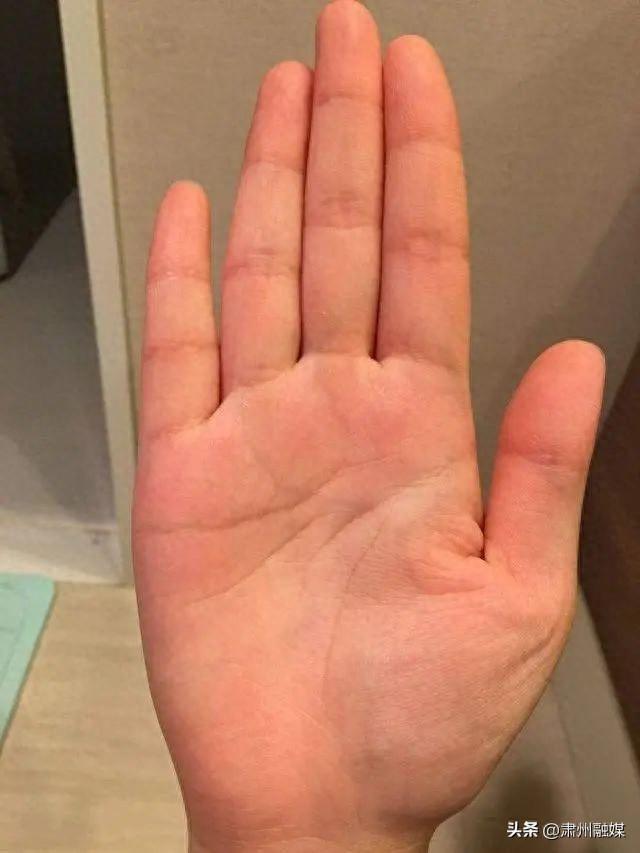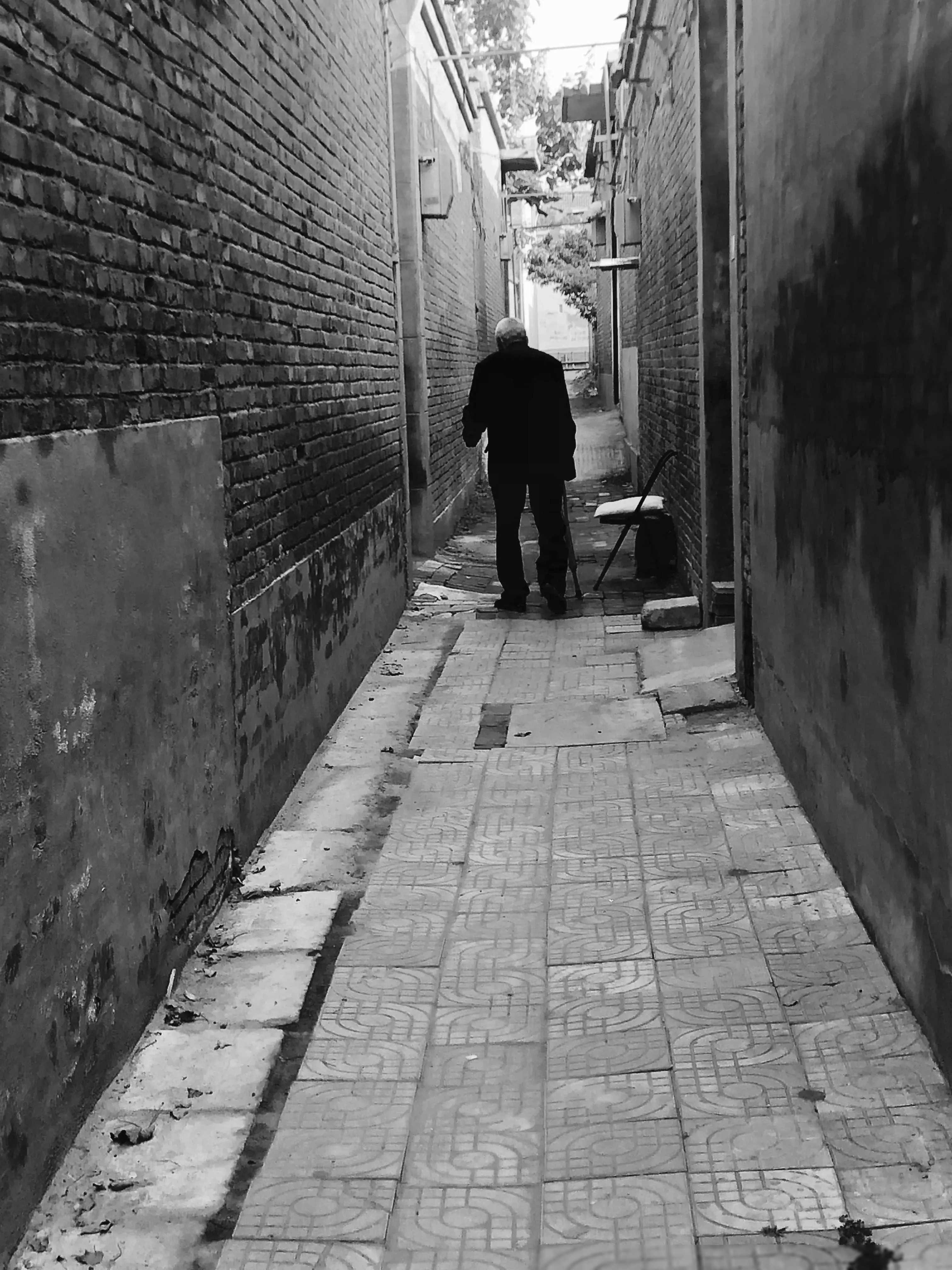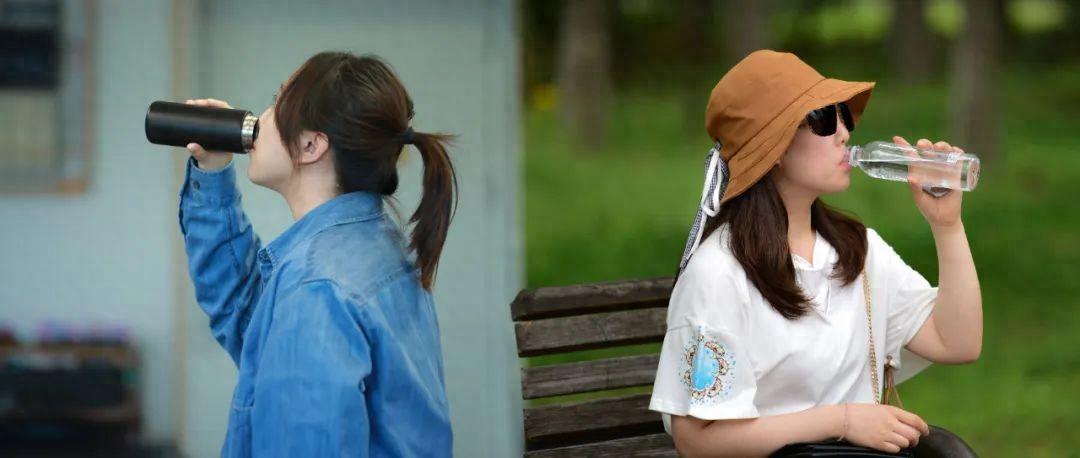Chen Weiping: The Yellow Emperor's Inner Canon embodies the five prominent characteristics of Chinese civilization
Studying the classic Chinese ancient book "Huangdi Neijing" is of great significance for the construction of modern civilization of the Chinese nation. Because the Huangdi Neijing highlights the five prominent characteristics of Chinese civilization, namely continuity, innovation, unity, inclusiveness, and peace
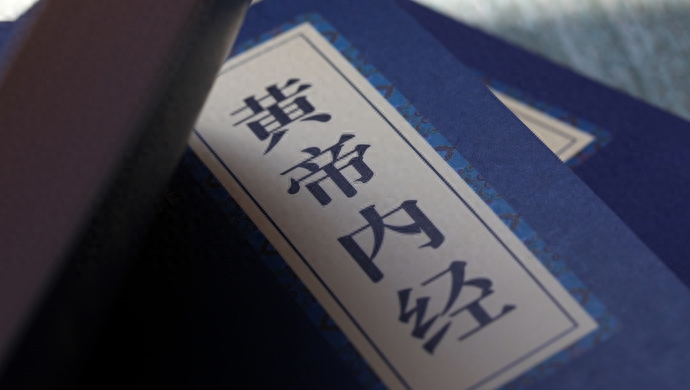
Studying the classic Chinese ancient book "Huangdi Neijing" is of great significance for the construction of modern civilization of the Chinese nation. Because the Huangdi Neijing highlights the five prominent characteristics of Chinese civilization, namely continuity, innovation, unity, inclusiveness, and peace.
Continuity
Traditional Chinese medicine has a long history. During the Shang Dynasty, soup was invented, and during the Western Zhou Dynasty, there was a division of labor among food doctors, disease doctors, selection doctors, and veterinarians. During the Spring and Autumn and Warring States periods, Bian Que proposed the diagnostic method of "looking, smelling, asking, and cutting".
The Huangdi Neijing, which was born over 2000 years ago, is a summary of previous medical practices. It is named after "Yellow Emperor" and is divided into two major parts: "Su Wen" and "Ling Shu". Each article takes the Yellow Emperor's questioning as a guide, indicating that his ideas originated from ancient times.
In the history of world medicine, ancient Egypt created brilliant medical achievements. This can be seen from three medical manuscripts (Ebers papyrus, Smith papyrus, and Kahun papyrus). But since Egypt was conquered by King Alexander the Great of Macedonia, its traditional medicine has been forgotten.
Ancient Indian medicine has rich content, such as the Atharvaveda, which records 77 types of diseases and prescribes corresponding prescriptions. There are also medical masterpieces such as the Shiraga Book and the Miaowen Book, but later due to the invasion of the Aryan people, ancient Indian medicine gradually disappeared.
The medical sciences of ancient Greece and Rome were once very prosperous, and many theories were proposed, such as Hippocrates' Four Body Fluid Theory, Galen's Human Body Theory, Aristotle's Endogenous Vitality Theory, as well as the publication of "Pharmacy" and "Medical Encyclopedia Dictionary". However, with the interruption of ancient Greek and Roman civilizations, their traditional medicine was either abandoned or lost.
The Chinese nation regards the Yellow Emperor as the ancestor of civilization, and the only ancient book named after him that has been passed down to this day and still maintains its vitality is the Yellow Emperor's Inner Canon. It proves from one side that Chinese civilization is the only unbroken indigenous civilization in the world, and has become a prominent symbol of its continuous existence.
Innovation
Traditional Chinese medicine is an original medical system of the Chinese nation, and the Huangdi Neijing is the earliest and most concentrated manifestation of this. This originality has originality that other ethnic groups in the world do not have.
Traditional Chinese medicine emphasizes individualization in diagnosis and treatment. Looking, smelling, asking, and cutting "refers to collecting different individual information in order to adapt to individual circumstances. The Huangdi Neijing believes that different individuals have different reactions to the same disease, and different treatment plans need to be developed for different patients. Therefore, every typical medical case is innovative in a certain aspect.
This is actually the highest level of innovation, achieving a leap from knowledge to wisdom. Traditional Chinese medicine attaches great importance to the organization and research of famous doctors and prescriptions throughout history, precisely because they bring together innovative wisdom.
Unification
The Tang Dynasty's Lu Deming's "Classic Interpretation" explains the meaning of "Jing": "Chang Ye, Fa Ye, Jing Ye." "Jing" is the carrier of Chang Dao (basic theory), Ru Zhi (basic norms), and Men Jie (basic methods). The Huangdi Neijing is precisely such a traditional Chinese medicine classic, which is regarded as the "ancestor of medical practitioners". It laid the foundation for the unified adherence of traditional Chinese medicine.
After the Huangdi Neijing, despite the continuous emergence of traditional Chinese medicine works, academic development, and increasingly diverse schools of thought, their origins all originated from the Huangdi Neijing. However, traditional Chinese medicine does not transform unity into singularity, treating the Huangdi Neijing as a fixed dogma.
In fact, the unity bestowed on traditional Chinese medicine by the Huangdi Neijing is a combination of "following the teachings" and "continuing to speak". The former starts from following basic theories, norms, and methods; The latter refers to the addition of new perspectives from new practices by individuals when interpreting these basic theories, norms, and methods, resulting in the emergence of new works, theories, and schools.
On the one hand, the unified basic theories, norms, and methods established in the Huangdi Neijing have been manifested in various academic forms throughout history; On the other hand, various forms make the unified system richer in content, more complete in structure, and more accurate in expression.
The development history of traditional Chinese medicine has proven this point. During the Eastern Han Dynasty, Zhang Zhongjing wrote the "Su Wen" and "Nine Volumes" (the latter being the "Ling Shu"), without "always following the old", but based on a complete set of principles of syndrome differentiation and treatment, which enriched and improved the clinical medical system of the "Huangdi Neijing".
In addition, the four major figures of the Jin and Yuan dynasties (Liu Wansu, Zhang Congzheng, Li Gao, Zhu Zhenheng) all revered the Huangdi Neijing, but each inherited and developed it from different aspects, elevating its established system to new heights.
The unity of traditional Chinese medicine, where one unfolds into many and many come down to one, reflects the principle of 'upholding integrity without preserving the past, respecting the past without reverting to the past'.
Inclusiveness
The Yellow Emperor's Inner Canon, named after "Yellow Emperor," clearly indicates that it possesses the strong inclusive ideological character of Huang Lao's studies. Huang Lao's theory originated from Laozi and Zhuangzi, who advocated a tolerant attitude towards different ideas.
Laozi believes that existence, difficulty, length, superiority, and inferiority are mutually reinforcing, and different things have their own reasons for existence; Zhuangzi advocates that the theory of things can be unified, and various ideas are like the skills of a hundred schools of thought, all of which have their own strengths. Song Yin and Yin Wen of the Huanglao School further proposed the concept of "not being confined", that is, not being limited by certain ideas.
The Huangdi Neijing inherits this ideological character and encompasses many theories. For example, absorbing the thought of Huang Lao's theory that essence is the origin of all things in heaven and earth, and using the theory of essence as the theoretical foundation for explaining human life activities; The organic connection between the Yin Yang theory and the Five Elements theory forms the basic academic framework.
The Yellow Emperor's Inner Canon also inherits the value principle of benevolence and love in Confucianism, with human life as the highest value of all things in heaven and earth. It emphasizes that "heaven and earth are overturned, all things are well prepared, and should not be more precious than humans", and takes "comparing different things with others" and "comparing things with others" as important thinking methods. This is clearly the application and development of the "Mobian" principle of "taking by analogy and giving by analogy".
The inclusiveness bestowed on traditional Chinese medicine by the Yellow Emperor's Inner Canon has been maintained and promoted even after the introduction of Western medicine. Therefore, the integration of traditional Chinese and Western medicine has naturally become a consensus in the field of traditional Chinese medicine.
Peaceful
The peaceful nature of Chinese civilization is mainly manifested in the Yellow Emperor's Inner Canon, which emphasizes that "peace" and "harmony" are ideal states for human health.
The Yellow Emperor's Internal Classic believes that human health lies in the harmonious coordination of visceral functions, moderate and neutral expression of emotions, and the ability to adapt to changes in different environments. Its fundamental goal is to achieve a dynamic balance of yin and yang. The occurrence of diseases is due to the imbalance of yin and yang caused by internal and external factors. Therefore, treating diseases is to restore the overall function of losing yin and yang balance to a coordinated and harmonious state.
Before the Huangdi Neijing, there were mainly "Zhouyi" and "Laozi" that talked about yin and yang. The former dominates heaven and earth, that is, Guiyang is lowly and lowly; The main theme of "Laozi" is to protect the female with gentleness, that is, to prioritize yin over yang. The Yellow Emperor's Internal Classic further emphasizes the balance of yin and yang, stating that "one should carefully observe the location of yin and yang and adjust it for a stable period of time. It can be said that the idea of balancing yin and yang is more representative of the peace of Chinese civilization than the "Book of Changes" and "Laozi".
Of course, the Huangdi Neijing discusses "peace" and "harmony" more from a medical perspective. The "Su Wen Qi Tong Tian Lun" states: "Harmony between internal and external factors, evil cannot harm", that is, adapting the human body to the external environment can prevent evil from harming health. The book "Su Wen Zhi Zhen Yao Da Lun" states: "Dredging its blood and qi, regulating it, and achieving peace", which means that in treating diseases, the blood and qi, as the internal driving force of human life, must reach a peaceful state.
On the basis of harmony between humans and the external environment, as well as harmony between the internal blood and qi of the human body, "Lingshu Benzang" further proposes a more comprehensive standard of "human peace" (health and disease free) with "harmony" as the core, which is "blood harmony leads to the prevalence of meridians, nourishing yin and yang", "Wei Qi harmony leads to the separation of flesh and benefits, skin regulation is soft", "will and meaning harmony leads to spiritual specialization, and the soul is not scattered", and "cold and mild lead to the transformation of the six prefectures into valleys, and wind blockage does not occur". In summary, It is the harmony between heaven and man, the harmony between form and spirit, and the harmony between qi and blood.
The Yellow Emperor's Inner Canon fully reflects the five prominent characteristics of Chinese civilization, which should be taken as a necessary part of promoting the "second combination".
Marx wrote at the end of his doctoral thesis "dedication": "Spirit and nature are the divine doctors you trust." Here, "you" refers to Yanni's father. This doctoral thesis opposes the opposition between humans and the natural environment and emphasizes breaking free from the spiritual constraints of religion. Therefore, this sentence can be broadly understood as the "great doctors" of nature and spirit for humanity.
This is highly consistent with the concept advocated in the Yellow Emperor's Inner Canon. The "Lingshu Camp Health Association" emphasizes that "human beings and heaven and earth are in the same discipline", requiring the protection of life and health to be consistent with human physiological activities and natural laws. The book "Su Wen: The Theory of Innocence in Ancient Times" states: "The mind is guarded within, and the illness is always safe." Here, mental health is further regarded as a barrier against diseases.
"Mutual agreement can be organically combined." Inheriting and carrying forward the ideological essence of the Yellow Emperor's Canon of Internal Medicine is an available starting point for doing a good job in the "second combination" of science, physics, chemistry and scholarship.
(Author's unit: East China Normal University Institute of Oriental Philosophy and Institute of Modern Chinese Ideology and Culture. Excerpt from the author's speech at the establishment ceremony of East China Normal University Institute of Oriental Philosophy)
Column Editor in Chief: Gong Danyun Text Editor: Xia Bin Inscription Source: Visual China
Disclaimer: The content of this article is sourced from the internet. The copyright of the text, images, and other materials belongs to the original author. The platform reprints the materials for the purpose of conveying more information. The content of the article is for reference and learning only, and should not be used for commercial purposes. If it infringes on your legitimate rights and interests, please contact us promptly and we will handle it as soon as possible! We respect copyright and are committed to protecting it. Thank you for sharing.(Email:[email protected])


